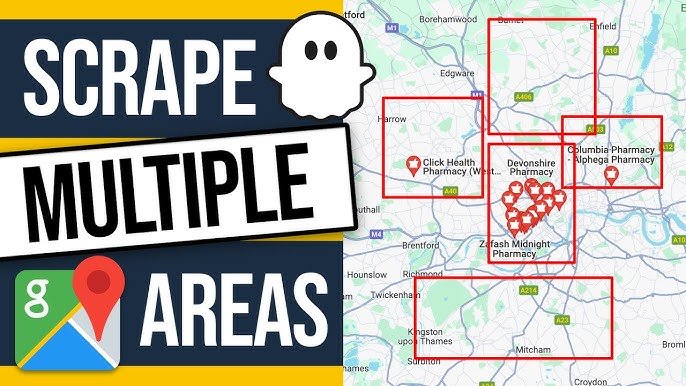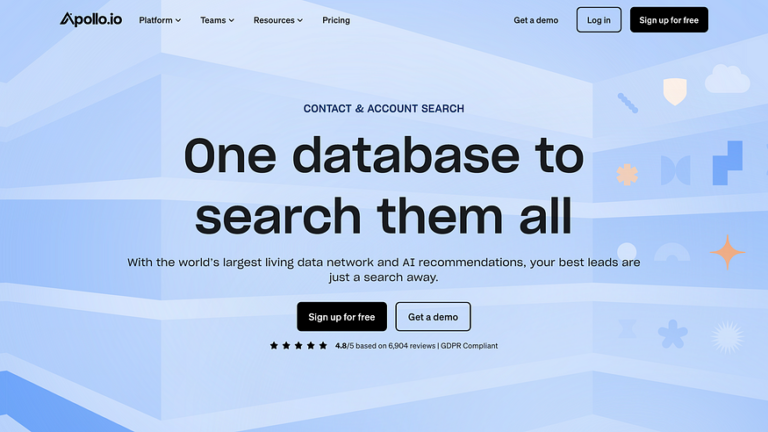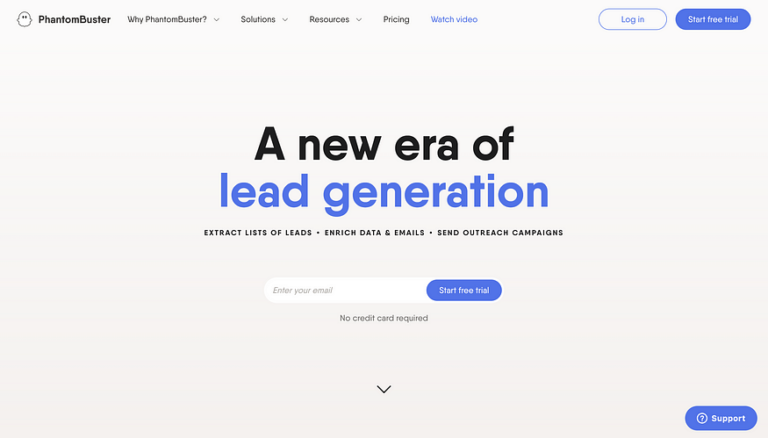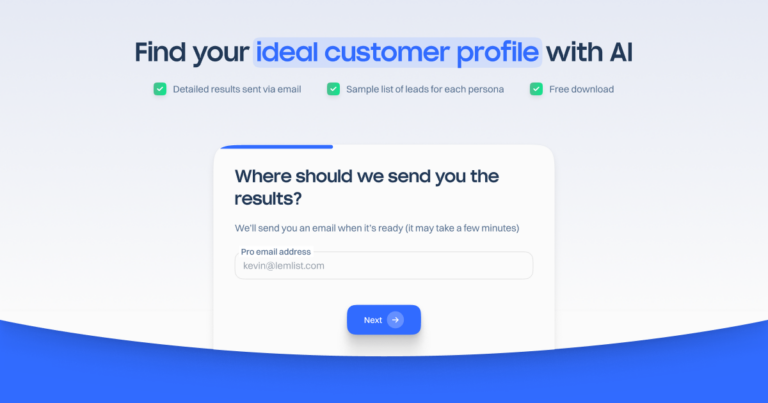Efficiently Scrape Businesses from Google Maps with PhantomBuster
Scraping data from Google Maps can be challenging due to its limitations on search results. In this article, we’ll explore a powerful solution using PhantomBuster, a robust scraping tool. By following our detailed guide, you can efficiently extract business information from Google Maps, even when dealing with large cities like London. Let’s dive into the step-by-step process of using PhantomBuster to gather more than 120 business results from Google Maps.
Understanding the Limitations of Google Maps Scraping
Why Scraping Google Maps Can Be Challenging
Google Maps restricts search results to a maximum of 120 entries per query. This limitation can be frustrating when you need comprehensive data, such as all pharmacies in a vast city like London. The traditional approach of a single search won’t suffice, as it only covers a limited area, typically around the city center.
Leveraging PhantomBuster for Google Maps Scraping
What is PhantomBuster?
PhantomBuster is a versatile web scraping tool that simplifies the process of extracting data from various websites, including Google Maps. It offers a specialized Google Maps scraper that can help you bypass the 120-results limitation by breaking down the search into smaller, more manageable areas.
Step-by-Step Guide to Scraping Google Maps with PhantomBuster
1. Initial Setup
First, sign up for PhantomBuster. You can start with a free trial to explore its capabilities. Once registered, log in to your account and get ready to set up your Google Maps scraping project.
2. Performing the Initial Search
Begin by conducting a search on Google Maps for the business category you are interested in. For instance, if you’re targeting pharmacies in London, type “pharmacies in London” into the search bar. This will provide the initial set of results, although limited to 120 entries.
3. Creating Area-Specific Search URLs

To scrape beyond the 120-result limit, you’ll need to create multiple search URLs for different areas within the city. Here’s how:
- Zoom In on Specific Areas: Zoom into a particular area of the city on Google Maps.
- Copy the URL: Copy the URL from your browser’s address bar. This URL includes the coordinates of the specific area you zoomed into.
- Repeat for Other Areas: Move to another area and repeat the process. Each URL will have different coordinates, ensuring PhantomBuster can differentiate between areas.
4. Compiling Search URLs in a Google Sheet
Create a Google Sheet to compile all your search URLs. Label the first column (e.g., “Google Maps URLs”) and paste each unique URL into this column. This sheet will serve as the input for PhantomBuster.
5. Configuring PhantomBuster
- Create a New Phantom: In PhantomBuster, create a new Google Maps Search Export Phantom.
- Input the Google Sheet Link: Share the Google Sheet containing your URLs and change its settings to “Anyone with the link.” Copy this link and paste it into the PhantomBuster configuration.
- Set the Parameters: Configure the Phantom to scrape 120 results per search (the maximum allowed by Google Maps). You can also choose to extract additional data like GPS coordinates.
Running the Scraper and Managing Data
Once your Phantom is configured, launch it. The tool will process each URL from your Google Sheet, extracting up to 120 results per search. Depending on the number of URLs and results, the scraping process might take some time. After completion, you’ll have a comprehensive dataset of businesses from the entire city.
Conclusion
Scraping more than 120 businesses from Google Maps is feasible with the right tools and approach. By leveraging PhantomBuster, you can efficiently gather extensive business information across large areas. Start implementing this method today and unlock the full potential of Google Maps data for your projects.
Ready to enhance your data scraping capabilities? Try PhantomBuster today and share your experiences in the comments below. Have any questions or need further assistance? Leave a comment, and we’ll be happy to help!


![[Tutorial] WhatsApp Automations with Make: Step-by-Step Guide](https://robustcommerce.com/wp-content/uploads/2024/07/xa-step-by-step-tutorial-guide-on-whatsapp-automati-WoLWaetpTd6r-fGDdOH7dA-NW14WLEDR-q6wN3Q3ZKCg-768x432.jpeg.pagespeed.ic.FoAIqdP1rL.jpg)



